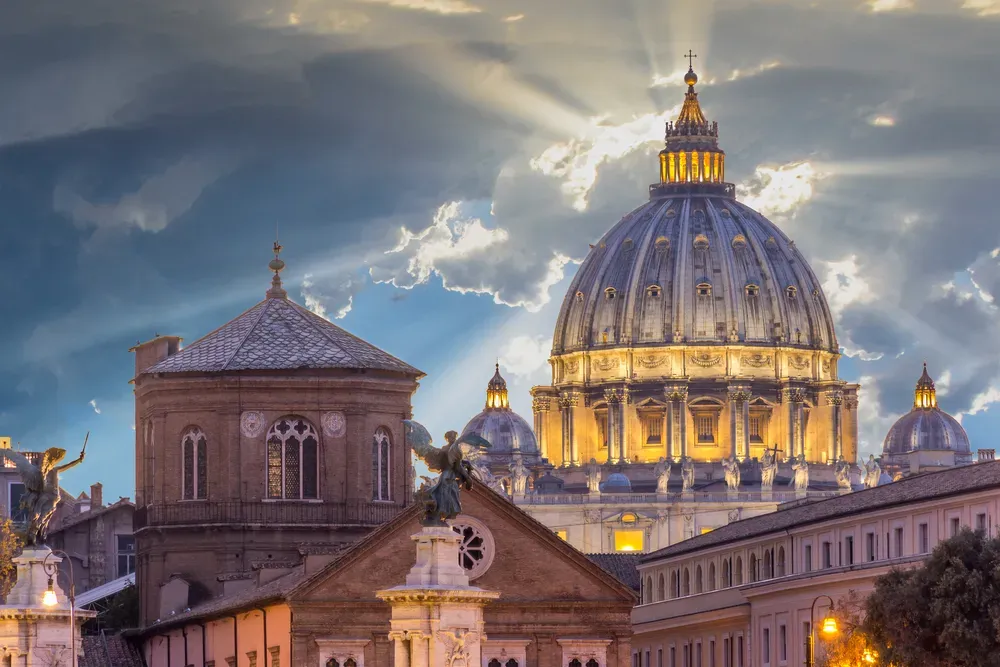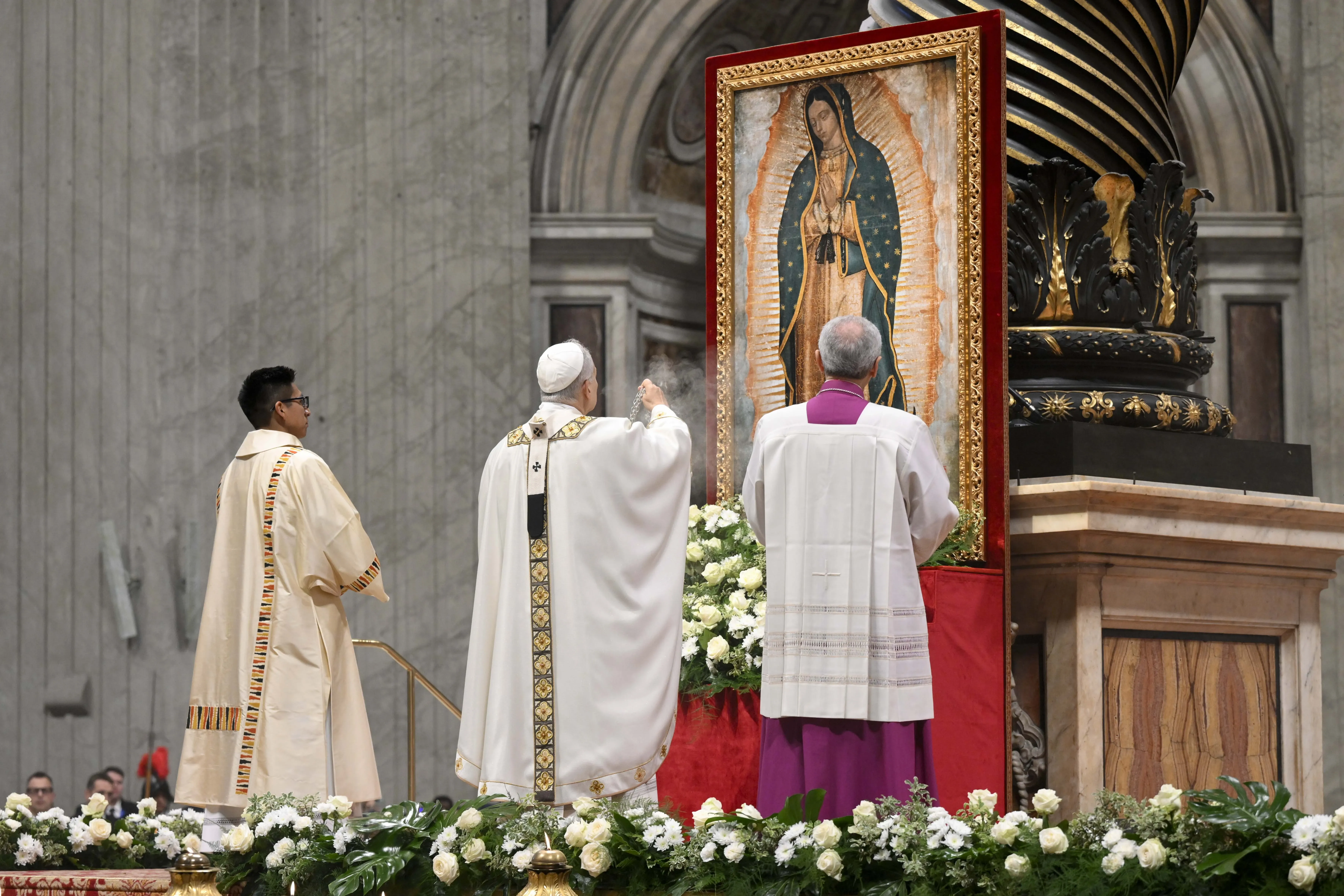Vatican City, 24 July, 2024 / 8:15 pm (ACI Africa).
The Vatican on July 24 approved the “spiritual experience” connected to the Sanctuary of Maccio located in Italy, making it the fifth public announcement of the Dicastery for the Doctrine of the Faith (DDF) since the office published its norms for the discernment of “alleged supernatural phenomena” on May 17.
The DDF recognized the “action of the Holy Spirit” in the mystical experiences and spiritual writings of Italian father and music teacher Gioacchino Genovese, which highlight the centrality of the Holy Trinity as the “source of mercy.”
In 2000, Genovese reportedly had mystical experiences during times of prayer in which he perceived the love of the Holy Trinity through the merciful gaze of Jesus Christ. Initially keeping his intellection visions to himself, he later began to open up about his prayer life with others. Devotion among Catholics around his “intellectual visions” began to spread throughout the Diocese of Como.
“The Church is called to rediscover more and more in the gestures of Christ that infinite mercy of the triune God, who in the writings of Mr. Genovese is called by the name ‘Trinity Mercy,’” reads the letter signed by DDF prefect Cardinal Víctor Manuel Fernández.
“This is the center of all the messages because, ultimately, it is the center of revelation: ‘And the heart of revelation is this: God, trinity of love, one God, gift that gives himself in our humanity, in Jesus walks with us.’”








